How to Plan a Sustainable Road Trip
It’s no secret that transportation is a significant source of emissions — so how can you go on a road trip and still make it sustainable? Learn more.
Updated Jan. 17 2020, 2:58 p.m. ET
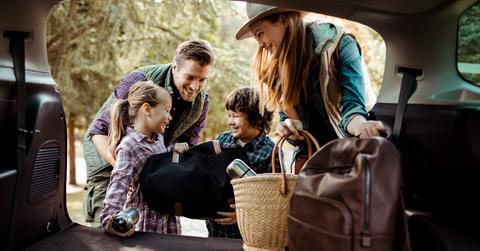
When I was younger, it felt like we lived in the car — excuse me, van. We were a family of four, and still, we drove the heck out of an eight-passenger van. We’d leave for long trips to Pennsylvania (three-and-a-half hours from our home in New York) and Vermont (sometimes five or six hours from New York) and we even drove down to Florida a few times to visit family and you know, hit up the quintessential Orlando theme parks. Now that I’m an adult and an eco-warrior at that, I realize just how many emissions and environmental complications our fun family road trips probably caused.
In fact, the Environmental Protection Agency reports transportation is the largest source of greenhouse gas emissions, which get trapped in our atmosphere and in turn, warm the average global temperature. Transportation emissions accounted for 28.9 percent of all greenhouse gas emissions in 2017 and exacerbate the effects of global warming. While the transportation category isn’t made up of solely cars — as fossil fuels for transportation purposes are used for everything from cars and trucks to ships, trains, and planes — that percentage is alarming and there is a lot we can do to change our transportation habits to ensure the reduction of these harmful greenhouse gas emissions.
Road trips can be an exciting and adventurous opportunity to create memories with the people you love and take in sights along the way. While I’m not trying to dilute my very un-sustainable memories of my childhood, I do understand now that a road trip can always be done better — that it can always be done more sustainably. For that to happen, it takes planning.
Last week, I flew to Florida with Chevrolet to try out the new 2020 Chevrolet Bolt EV, a chargeable electric vehicle with an EPA-estimated 259-mile range and more eco-friendly features that change the sustainable road trip game. (For full disclosure, I was invited by Chevrolet, and my travel and accomodations were compensated.)
If you’re thinking about planning a road trip sometime soon, start with an environmentally friendly car and then go from there. Ready to get planning? Keep reading for our top tips on planning a sustainable road trip — and my take on the Chevrolet Bolt EV!
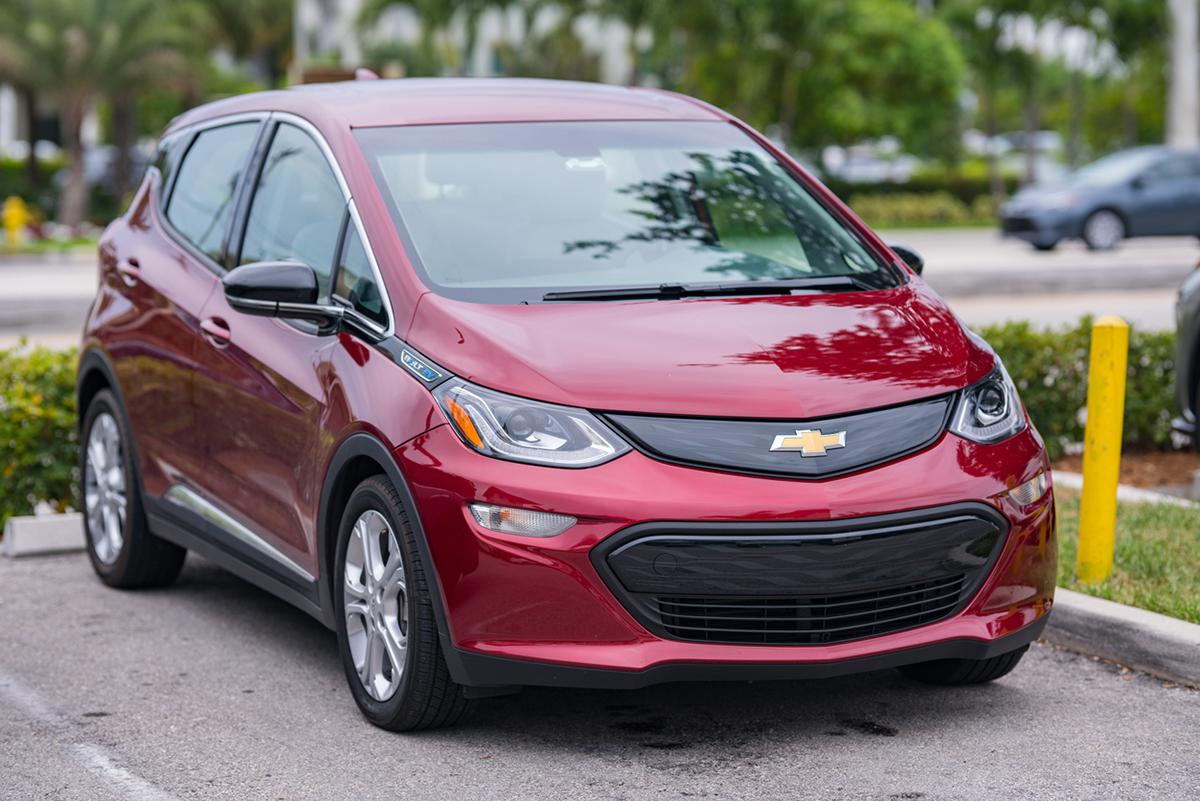
What to Pack on a Sustainable Road Trip
Now that you’ve labeled your road trip “sustainable,” you might feel flustered about what to pack. Don’t be! Pack as you normally would as far as clothes and toiletries (avoiding plastic whenever you can — try those small silicone squeeze bottles for things like shampoo, conditioner, and body wash!).
In addition to those things, you’ll want to pack a tote bag with reusable cutlery, a few reusable napkins, a stainless steel or glass food container (to take leftovers on-the-go), a silicone Stasher bag, a few reusable straws, another small bag for anything you might buy on the way, a reusable jar or cup, and a reusable water bottle.
How to Make the Most of the Mileage on a Sustainable Road Trip
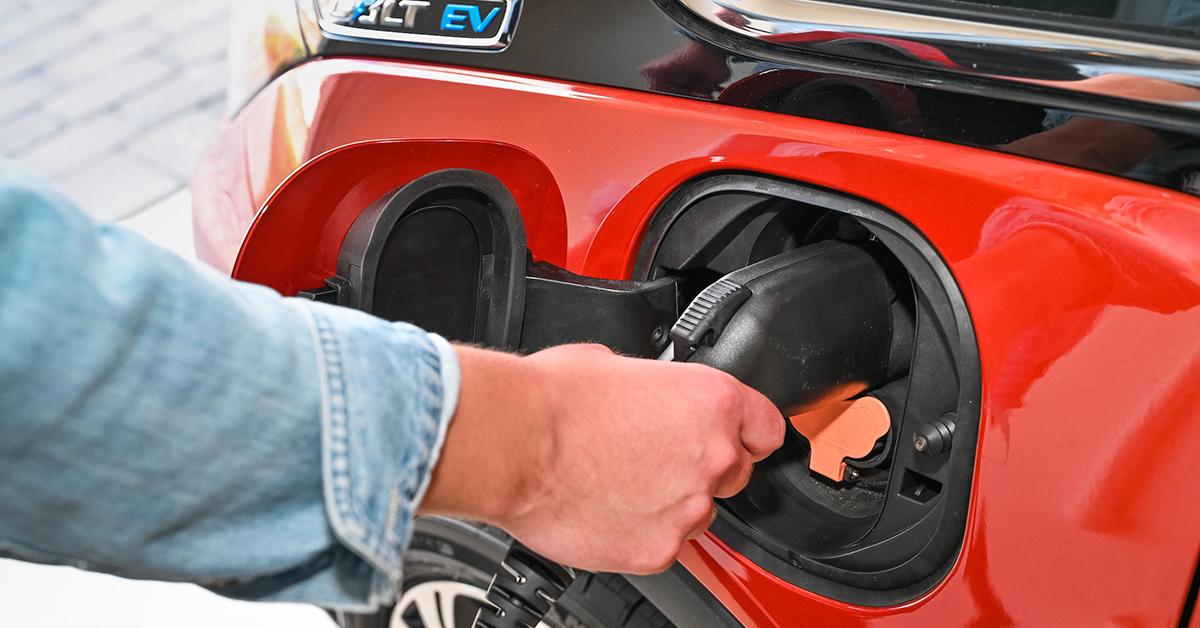
While driving the Chevrolet Bolt EV, for example, you actually allow the car’s electric battery to regenerate while paused at stop signs, waiting at a red light, or even while slowing down to brake. Driving technique is a key ingredient to making the most of your mileage and ultimately, the Bolt EV’s electric battery. Of course, terrain and conditions are also a factor, but it’s important to understand that how you drive goes a long way.
The Chevrolet Bolt EV features unique regenerating features, such as the One-Pedal Driving, which works similarly to a golf cart. Put the car in “Low” mode and your road trip is already all the more sustainable, as you’ll be using significantly less energy. In this mode, gently lift your foot off the pedal to stop. No hitting the brake. As you lift your foot from the pedal, the car’s battery uses less energy to brake, so therefore the 66-kilowatt-hour lithium-ion battery can regenerate.
Visit Environmental Sites Along the Way that Also Value Sustainability
One of the most exciting parts of going on a road trip is making stops along the way. Whether they’re planned or totally spontaneous, it can be so fun to check out a local attraction you don’t normally get to visit. But if you want to keep that theme of sustainability going, try to incorporate other sustainable and environmentally friendly activities into your road trip.
Going on a road trip with kids? Stop to take a hike. Rent a bike. Visit a farmers market. Show them that nature can be just as fun as a theme park. You’ll make all the memories as a family and walk away without a plastic toy as your child’s souvenir.
Look for farm-to-table restaurants or eateries that value sustainability, local farming and agriculture, and eating plant-based. In Florida with Chevrolet, we stopped at Malibu Farm in Miami to create our own pizzas using sustainably sourced vegetables. Plenty of restaurants champion local, in-season ingredients — you just have to look for the keywords on Yelp.
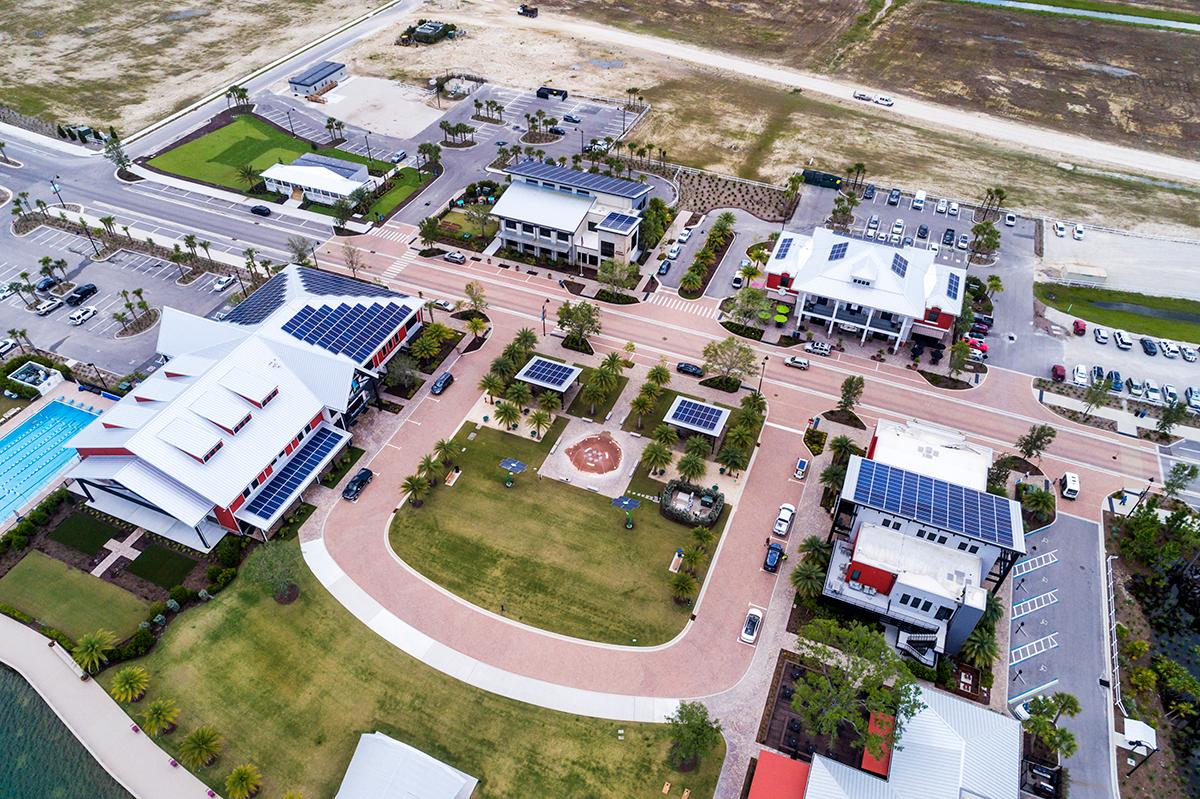
Babcock Ranch in Florida, pictured here in 2019.
Another stop during our Florida road trip was Babcock Ranch near Naples. Babcock Ranch is the first-ever sustainably built town, completely powered by solar panels. We toured the town, checked out the model homes that use significantly less energy than traditional homes, and even went on a sustainable bike ride — no greenhouse gas emissions involved.
There are plenty of places where you — and your family — can visit and learn about sustainability. Stop at a science center, nature center, farm, ranch, or even a museum and you all leave with a stronger understanding of what’s happening to our planet and how we can help.
How to Plan Sustainable Meals on the Road
If you’re going to rely on eating out during your sustainable road trip, try to find restaurants that are farm-to-table or value sustainability practices. Or, if you’d like to pack a meal with you and some snacks, make sure to pack your lunch and snacks in something like a silicone Stasher bag, glass or stainless-steel container, or a cotton snack bag.

Snack Ideas
Most of these snacks can be bought in bulk, which means without packaging. This way, you can put them right into whichever container you’re bringing on your trip. Snack ideas include loose nuts, dried fruit, fruit, seeds, pretzels, raisins, trail mix, some candies, granola, etc.
Meals
You can’t go wrong with the classic road trip option of packing a sandwich. If you can, try to buy bread that is packaged in sustainable paper rather than the plastic stuff. Some bakeries and grocery stores will let you pick your loaf of bread and put it directly into a cotton tote, too.
Now that you’ve got your bread, you’ll need some fixings. Ingredients like lettuce, tomato, onions, avocado, bell peppers, and more can always be found sans packaging. Just throw them into your cotton mesh grocery bags. Other sandwich ingredients like pickles, banana peppers, and condiments can usually be found in glass containers.
My Take on the Chevrolet Bolt EV
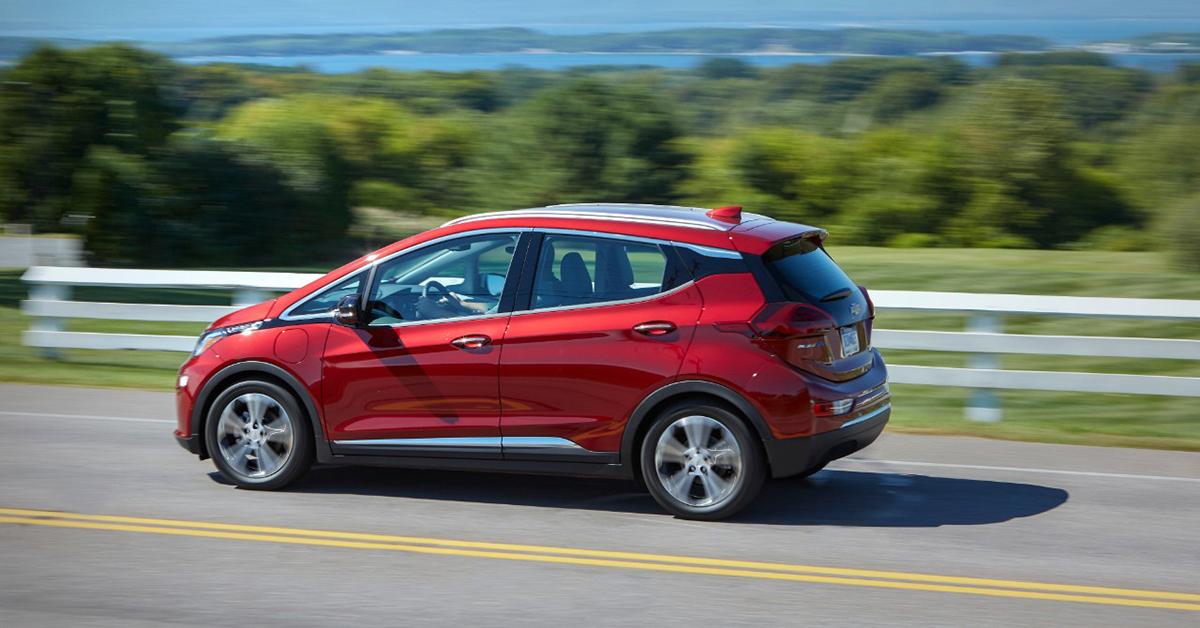
The Chevrolet Bolt EV is an electric vehicle with an estimated 259-mile range on a full charge. I drove the Bolt EV from Naples to Miami — a nearly two-and-a-half-hour trip — without having to stop to charge during the drive. Electric vehicles do not emit harmful greenhouse gases into our environment, so looking forward to the future, they are a huge part of the global warming and climate change solution.
The Chevrolet Bolt EV also contains some amazing safety features, so you don’t have to sacrifice your safety for the sake of the environment. With Surround Vision HD cameras all around the car, you have more than just a back-up camera — you’ll get a 360° view of the car as well as a rear view when you back up, a light-up system on the side-view mirrors that indicates when a car is in your blind spot, and the rearview mirror can actually be flipped to an HD camera live feed of what’s behind you. Pretty cool, right?
Now, let’s not forget that you’ll have to stop along the way during your road trip. You won’t be stopping for gas, however. Instead, you’ll be using the Chevrolet Bolt EV’s GPS system to locate electric charging stations along the trip. It’s as easy as plugging in “nearby gas stations” into Waze.
Some electric vehicles are even eligible for a tax credit.